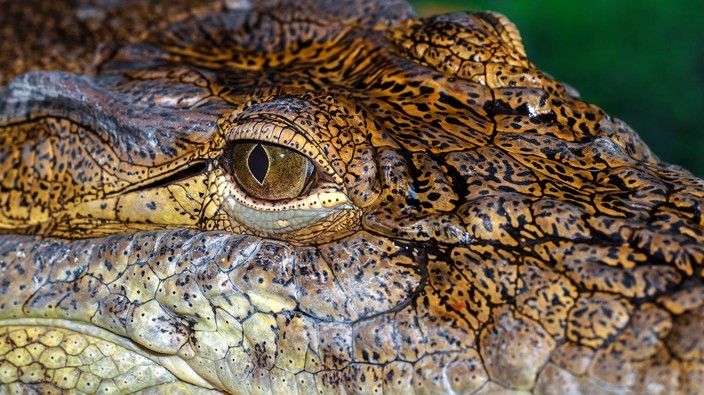the reptile species that are threatened are spread out around the world: northern north america, the rocky mountains, southeast asia, west africa, northern madagascar, the northern andes and the caribbean, the kalahari, karoo and sahara deserts, northern eurasia.
“reptiles, to many people, are not charismatic, and there’s just been a lot more focus on the furry or feathery species of vertebrates for conservation,” bruce young, chief zoologist and senior conservation scientist at conservation nonprofit natureserve, which in part led the study,
told cnn.
but even when we may not realize it, to a certain extent, our health and wellness does depend on reptiles.
“if we remove reptiles, it could change ecosystems radically, with unfortunate knock-on effects, such as increases in pest insects,” cox told the guardian. “biodiversity, including reptiles, underpins the ecosystem services that provide a healthy environment for people.”
this happens in many different ways, mike hoffmann, head of wildlife recovery at the zoological society of london and one of the study’s co-authors, also told the paper.
reptiles “help disperse seeds, especially in island environments,”
hoffmann said. “we’ve also achieved many medical advances from studies of reptiles. snake venom, for example, has resulted in critical drug discoveries,
including for treating hypertension.”
 3 minute read
3 minute read









